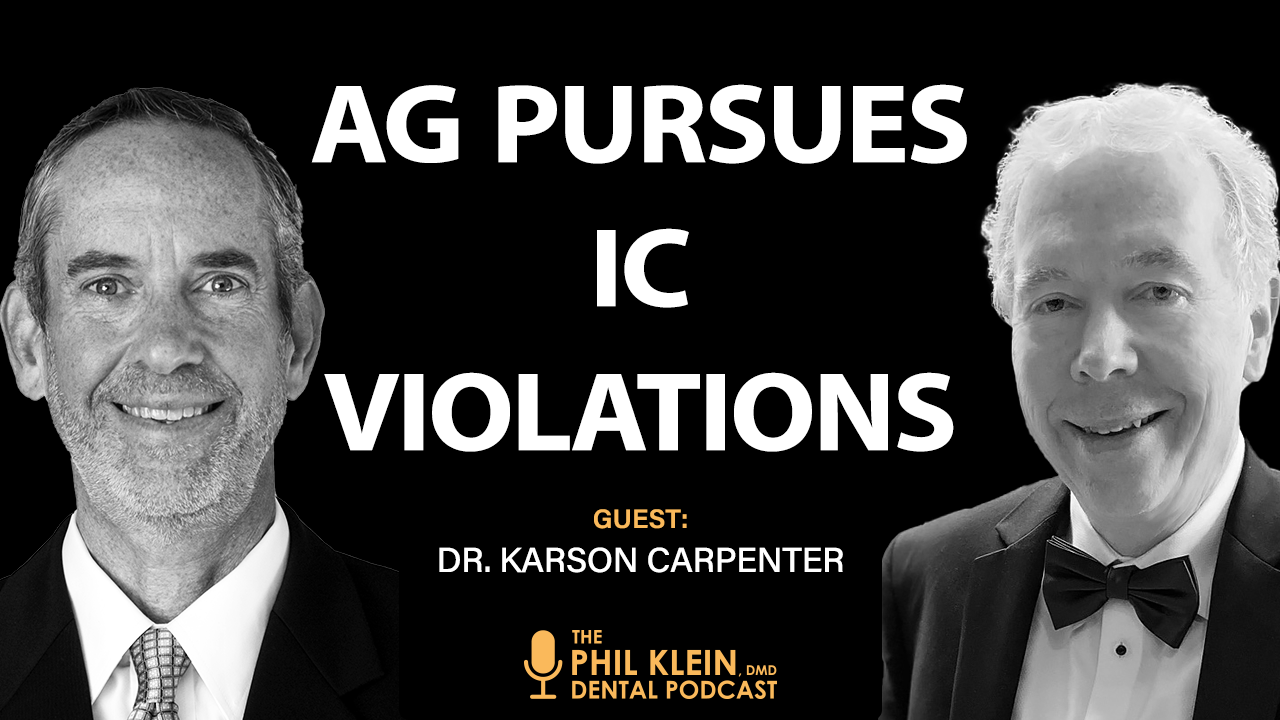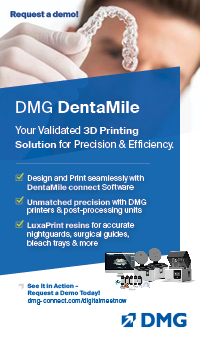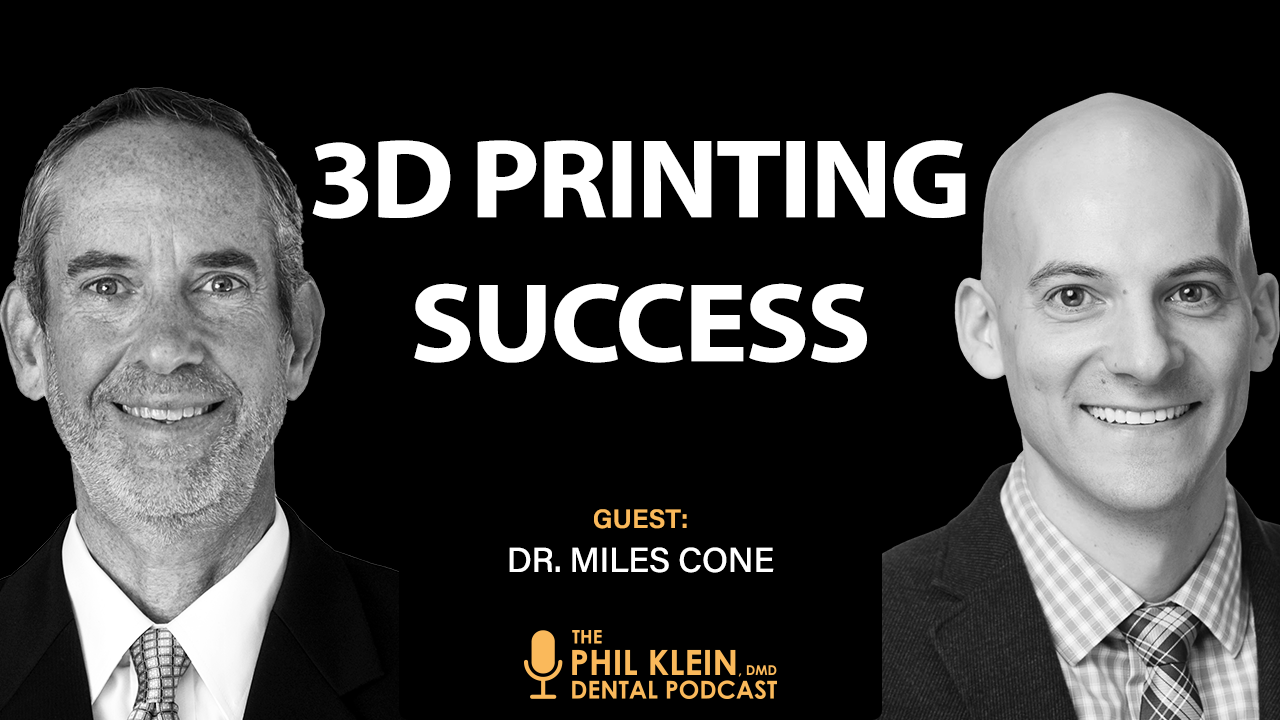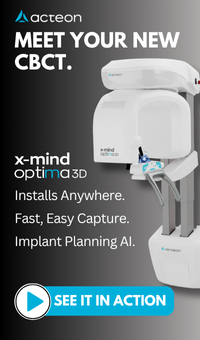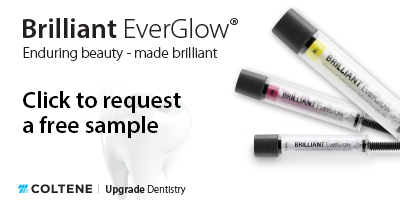
Clearing the Cement Confusion

When you look at the nomenclature of all the cements out there, it’s no wonder that cements are one of the most confusing topics for dentists! You’ve probably seen or heard all of these at one time or another: Luting cements. Adhesive cements. Self-adhesive resin cements. Conventional cements. Contemporary cements. Self-adhesive universal resin cements. Self-etching cements. Self-cure cements. Dual cure cements. Light cure cements.
Plus, as Dr. Michelle Lee, an active member of the Pankey Institute, American Academy of Cosmetic Dentistry and American Equilibration Society, points out, “We get more confused when we’re talking to our dental colleagues, because sometimes we’re not talking the same language. Someone might be saying a brand name, while someone else might be stating the property of the cement… Once we understand the basics of cements, we can ask appropriate questions and then pick and choose those that best fit the restorative needs of the case.”
A good way to categorize cements is by their main components
A cement’s main components will tell us a lot about its pros, cons and best uses.
The older cements were the zinc phosphate cements, polycarboxylate cements and glass ionomer cements. “They were powder and liquid,” Dr. Lee explains. “There was no chemical bonding, and at times they created pulpal sensitivity.”
Fast forward to today and we have three main categories of contemporary cements:
· Resin modified glass ionomer cements
(RMGIs) – The RMGIs bond to dentin and must be used with high strength or high
retention preparations. The film thickness is very thin, there’s no bonding
agent required for the tooth and the cement releases fluoride. These cements can
be especially useful for those cases that you cannot isolate, that have severe
recurrent decay or that have a high caries risk.
Dr. Lee reports that one of the three most-used cements in her own practice is
the GC FujiCEM Evolve resin modified glass ionomer cement.
· Self-adhesive resin cements (also called self-adhesive cements) – Generally speaking these are the products with the word “CEM” in their names. These cements give you a greater bond strength than the RMGIs. “You don’t need to put any bonding agent on the tooth,” Dr. Lee observes. “There’s no etching, there’s no treatment. This category of cements typically wins the popularity contest because it’s so easy.”
· Universal self-adhesive resin cements –
Also, relatively new to the market are universal
self-adhesive resin cements, such as G-CEM ONE. These are
“all-in-one” cements that are growing in popularity among clinicians as they
can be used for any type of restoration, in any location, on any type of
surface.
· Adhesive cements, including both light
cure and dual cure options – These provide very strong retention. The adhesive
cements require a dentin bonding agent as well as the application of a primer
to the intaglio surface of the restoration, and they do not have the fluoride
release.
Be aware that the adhesive cements are more technique sensitive. With these
cements you really must follow the manufacturer’s instructions precisely. There
are more steps, isolation is strongly recommended and it is best to use the
products that come together in the kit rather than mixing components from
different companies.
Which cement should you use? As with most of dentistry, the
answer depends on the specifics of the case and your preference of manufacturer.
Watch out for color stability
When you are using resin cements it is important to be sure
that they are color stable. Those that contain amines tend to change or darken
over time, and are therefore not appropriate for veneers and anterior
restorations.
Regardless of the cement, preparation design is critical
As Dr. Lee teaches at the University of Pennsylvania School of Dental Medicine, precision-based dentistry is vitally important…and that starts with the preparation. “Preparation is key,” Dr. Lee states. “It is the single most important concept to successful dental restorative outcomes.”
Why is preparation so important? Because of how modern dentistry is done. With so much more CAD/CAM technology, digital design, restoration milling, etc., our preparations become highly scrutinized and technique can become highly sensitive. You’ve got to get it right.
For example, Dr. Lee shares, “We need to have the four- to six-degree taper. We need sufficient axial wall height. We don’t want undercuts; we want smooth preparations. And paying attention to your resistance form is critical.”
In general, you need to understand that tooth preservation,
conservation of tooth structure, knowing your patient and knowing exactly what
type of restoration you will be doing will all inform the details of your prep
design. Your prep design, in turn, must be appropriate for the type of cement
that you will use.









